What is On-Page SEO and Why is it Important?
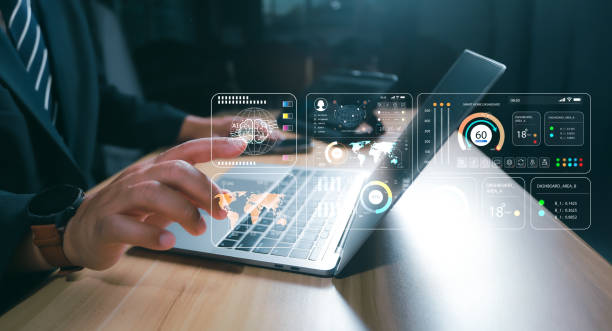
On-Page SEO, or On-Page SEO, refers to a set of actions you take within your website to improve its ranking in search engine results like Google.
These actions include content optimization, HTML code, site structure, and more.
The importance of On-Page SEO lies in its ability to help search engines better understand your site’s content and recognize its relevance to user queries.
A strong #on_page_seo_strategy is the foundation for your website’s visibility in the online world.
By improving On-Page SEO, you can attract more organic traffic, increase conversion rates, and ultimately achieve your business goals.
In other words, if your website’s On-Page SEO is weak, even with the best content, you might get lost among a multitude of websites.
For example, if a website operates in the field of digital marketing sales, it should optimize its On-Page SEO to rank well in search results for phrases like “buy SEO course” or “digital marketing training”.
Here you can find more information about SEO.
How much does losing business leads due to an unprofessional website cost you? Solve this problem forever with professional corporate website design by Rasawweb!
✅ Increase credibility and trust of potential customers
✅ Easier attraction of new business leads
⚡ Get a free consultation now!
Keyword Research, the Cornerstone of On-Page SEO

Keyword research is one of the most important steps in On-Page SEO.
By identifying appropriate keywords, you can create content that exactly meets user needs and increase your chances of being seen in search results.
To perform keyword research, you can use various tools such as Google Keyword Planner, Ahrefs, and Semrush.
These tools help you identify keywords relevant to your business, analyze their search volume, and find low-competition, high-potential keywords.
As an example, if you own an online clothing store, you can use terms like “buy women’s clothing”, “buy men’s clothing”, and “buy children’s clothing” as your primary keywords.
Then, you can also add secondary and longer keywords like “buy women’s formal wear”, “buy cheap men’s t-shirt”, and “buy quality baby clothes” to your list.
Furthermore, it’s important to use your keywords naturally and relevantly within your content and avoid keyword stuffing, as this can negatively impact your site’s ranking.
Content Optimization for On-Page SEO and User
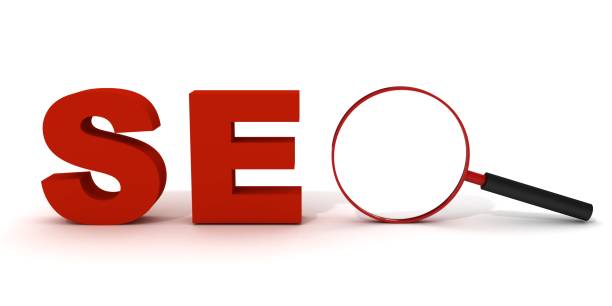
Content optimization is the process of adjusting your website’s content so that it is both attractive to search engines and meets user needs.
This includes using appropriate keywords, creating high-quality and engaging content, and optimizing content structure.
Your content should provide valuable information to users, answer their questions, and encourage them to take desired actions (such as purchasing a product or signing up for a newsletter).
Additionally, your content should be easily readable and have a proper structure.
Using headings and subheadings, short paragraphs, and lists can help improve content readability.
Using relevant images and videos can also increase content appeal and keep users on your site longer.
Remember that the ultimate goal of On-Page SEO is to provide the best user experience for your website visitors.
On-Page SEO with excellent content can significantly help your site get more visibility.
Below is a table reviewing several important criteria for content optimization for On-Page SEO:
| Criterion | Description | Solution |
|---|---|---|
| Keywords | Appropriate use of keywords in title, description, and text | Keyword research, natural and relevant use |
| Readability | Ease of reading and understanding content | Use of headings, short paragraphs, lists |
| Content Value | Providing useful and relevant information to users | Research user needs, produce quality content |
| Structure | Proper organization of content | Use of headings, subheadings, paragraphs |
| Images and Videos | Use of relevant and high-quality media | Image optimization, use of engaging videos |
Optimizing Titles and Meta Tags
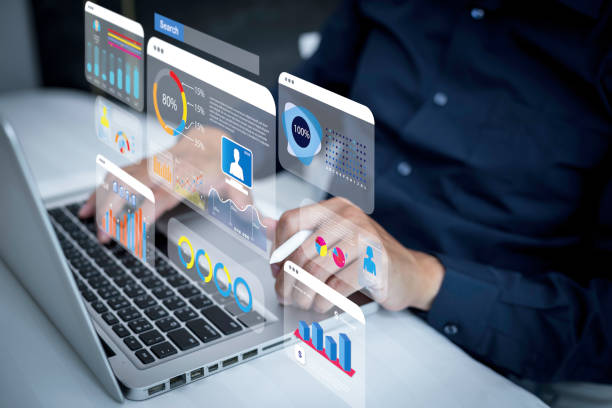
Titles and meta tags are among the most important elements of On-Page SEO that significantly impact your site’s ranking in search results.
The Title Tag is the title displayed in the browser’s top bar and in search results.
The title tag should be attractive, relevant, and contain the page’s main keyword.
The Meta Description is a short summary of the page’s content displayed below the page title in search results.
The meta description should be engaging and enticing, encouraging users to click on your site’s link.
To optimize titles and meta tags, you should use appropriate keywords, limit their length (the title tag should be less than 60 characters and the meta description less than 160 characters), and ensure they accurately describe the page’s content.
For example, if your page is about “SEO Training”, the title tag could be “SEO Training | Comprehensive Guide to On-Page SEO” and the meta description could be “On this page, you will learn the principles of On-Page SEO and how to optimize your website for search engines.”
Disappointed with your e-commerce site’s low conversion rate? Rasawweb transforms your e-commerce site into a powerful tool for attracting and converting customers!
✅ Significant increase in visitor-to-buyer conversion rate
✅ Unparalleled user experience to boost customer satisfaction and loyalty⚡ Get a free e-commerce website design consultation from Rasawweb!
Proper URL Structure and Internal Links

Proper URL structure and internal links are important factors in On-Page SEO that help search engines better understand your site and find its content more easily.
The URL structure should be short, relevant, and contain the page’s main keyword.
Avoid using special characters and numbers in your URL and try to use hyphens (-) to separate words.
Internal Links are links that connect different pages of your website to each other.
Internal links help search engines understand your site’s structure and evaluate the value of different pages.
Additionally, internal links help users navigate your site easily and find the content they are looking for.
To create internal links, you should link related pages together and use appropriate Anchor Text.
For example, if you are discussing “On-Page SEO” on one page, you can link to a page discussing “Keyword Research” and use “Keyword Research” as the anchor text.
On-Page SEO significantly helps with site ranking.
Optimizing Images for On-Page SEO
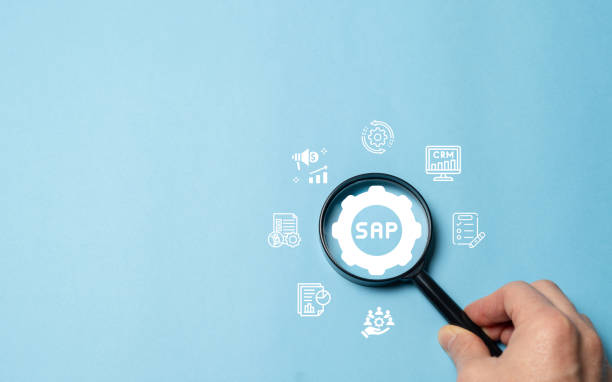
Images play an important role in website appeal and user experience, but if not properly optimized, they can negatively impact your site’s On-Page SEO.
To optimize images, you should use an appropriate format (such as JPEG or PNG), reduce image file size (to increase page loading speed), and use appropriate Alt Text.
Alt text is the text displayed in place of an image if it fails to load.
Alt text should accurately describe the image content and contain the page’s main keyword.
Additionally, you can use appropriate file names for your images.
The file name should be relevant to the image content and contain the page’s main keyword.
For example, if you have an image of a “women’s formal dress”, you can name the file “women-formal-dress.jpg” and set the alt text to “red women’s formal dress”.
On-Page SEO and image optimization can have positive effects on site ranking.
Page Loading Speed and On-Page SEO
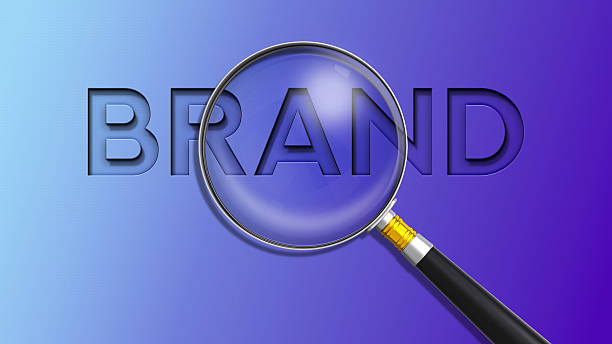
Page loading speed is one of the most crucial factors in user experience and On-Page SEO.
Users expect website pages to load quickly, and if your page is slow, the likelihood of users leaving the site increases.
Furthermore, Google values page loading speed as a ranking factor, and sites with higher loading speeds achieve better rankings in search results.
To improve page loading speed, you can use various tools such as Google PageSpeed Insights and GTmetrix.
These tools help you identify page loading speed issues and find appropriate solutions to resolve them.
Some solutions for improving page loading speed include: optimizing images, using a CDN, enabling browser caching, reducing HTML, CSS, and JavaScript code size, and using high-speed web hosting.
On-Page SEO with excellent site loading speed can significantly help your site.
Below is a table reviewing several solutions for increasing site loading speed:
| Solution | Description | Advantages |
|---|---|---|
| Image Optimization | Reducing image size without quality loss | Reduced page size, increased loading speed |
| Using a CDN | Storing site content on various servers | Faster content loading for users worldwide |
| Browser Caching | Storing site content in users’ browsers | Faster page loading for subsequent visits |
| Code Minification | Removing extra and unnecessary code | Reduced page size, increased loading speed |
| Using High-Speed Web Hosting | Choosing a quality web hosting service | Faster page loading, greater site stability |
Responsive Design and Mobile Compatibility

With the increasing use of mobile phones for internet browsing, responsive design and mobile compatibility have become essential factors in On-Page SEO.
Responsive design means that your website automatically adapts to the screen size of various devices (such as mobile phones, tablets, and computers) and provides users with a suitable user experience.
Google gives better rankings to sites with responsive design, and sites that are not mobile-compatible may be penalized in search results.
To check if your site is responsive, you can use Google’s Mobile-Friendly Test tool.
If your site is not responsive, you should modify its design to be mobile-compatible.
This includes using a responsive theme, optimizing images for mobile, and using appropriate fonts and buttons for touch devices.
For example, with the help of web design, you can optimize your website for various devices.
Does your current e-commerce site design lead to customer and sales loss?
Rasawweb is your solution with modern and user-friendly e-commerce website designs!
✅ Significant increase in conversion rates and sales
✅ Strong branding and building customer trust⚡ Get a free e-commerce website design consultation from Rasawweb!
Optimizing Site Structure and Sitemap
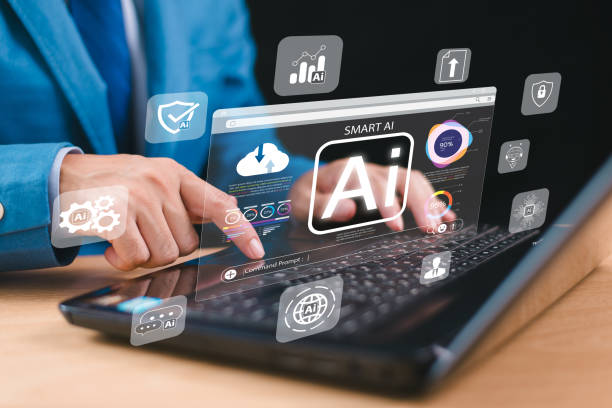
Site structure and sitemap play an important role in On-Page SEO.
The site structure should be logical and hierarchical so that users and search engines can easily navigate your site and find the content they are looking for.
A Sitemap is a file that provides a list of all your site’s pages to search engines.
A sitemap helps search engines identify your site’s pages faster and better and include them in their index.
To create a sitemap, you can use various tools such as Google XML Sitemaps Generator.
After creating the sitemap, you should submit it to Google Search Console so that Google can access it.
Additionally, you should design your site’s structure so that your most important pages are more easily accessible.
For example, you can place more important pages in the main site menu and use internal links to link to them.
On-Page SEO and proper site structure design help search engines index site pages much more easily.
Continuous Content Updates and On-Page SEO
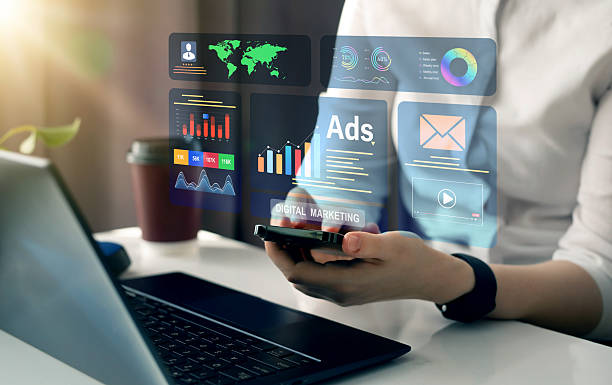
On-Page SEO is a continuous process and requires constant updating and optimization.
Search engine algorithms are constantly changing, and you must keep up with these changes and adjust your On-Page SEO strategy accordingly.
Additionally, you should continuously update your site’s content and produce new, relevant content.
New and updated content signals to search engines that your site is active and dynamic, and thus has higher ranking value.
To update content, you can rewrite old articles, add new information to them, and optimize them with new keywords.
You can also publish new articles on topics related to your business.
Remember that the ultimate goal of On-Page SEO is to provide the best user experience to your website visitors, and by continuously updating content, you can achieve this goal.
SEO services can help you keep your content always up-to-date.
Frequently Asked Questions
| Question | Answer |
|---|---|
| What is On-Page SEO? | On-Page SEO involves optimizing elements that are directly under your control and within your website. Its goal is to help search engines better understand the page content and improve its ranking. |
| Why is On-Page SEO important? | On-Page SEO provides clear signals to search engines about the page content, improves user experience, and increases the chance of attracting organic traffic. |
| What are the most important On-Page SEO factors? | Keywords, Title Tag, Meta Description, URL structure, quality content, image optimization, and internal links are among the most important factors. |
| What is the role of the Title Tag in On-Page SEO? | The Title Tag is one of the most important signals for search engines and users, specifying the main topic of the page. It should include the main keyword and be engaging. |
| How important is the Meta Description? | The Meta Description does not directly impact ranking, but by enticing users to click, it can improve the click-through rate (CTR). |
| How to optimize images for On-Page SEO? | By using descriptive file names, appropriate Alt Text containing keywords, compression to reduce size, and correct dimensions. |
| What effect do Internal Links have on SEO? | Internal links help search engines discover and index site pages, distribute authority (PageRank) throughout the site, and improve user navigation. |
| Is page loading speed one of the On-Page SEO factors? | Yes, page loading speed is a critical factor in On-Page SEO and user experience. Slower pages can lead to higher bounce rates and lower rankings. |
| What are the characteristics of quality content for On-Page SEO? | Quality content should be comprehensive, unique, relevant, reliable, readable, and fully answer users’ needs and questions. |
| How can keywords be used in content? | Keywords should be used naturally in titles, subheadings, the first paragraph, body text, and image alt text. Avoid keyword stuffing. |
And other services of Rasawweb Advertising Agency in the field of advertising
- Smart Marketing Automation: Designed for businesses seeking campaign management through marketing automation.
- Smart Custom Software: Revolutionize site traffic increase with the help of smart data analysis.
- Smart Digital Branding: A combination of creativity and technology for campaign management using real data.
- Smart Sales Automation: A dedicated service for growth in SEO ranking improvement based on precise audience targeting.
- Smart Website Development: A creative platform to enhance sales growth with custom programming.
And over hundreds of other services in the field of internet advertising, advertising consultation, and organizational solutions
Internet Advertising | Advertising Strategy | Advertorials
Sources
Internal SEO Guide
On-Page SEO and Site Optimization
Content Optimization for SEO
Analytical Content Marketing
❓ To reach the peaks of success in the online world, Rasawweb Afarin Digital Marketing Agency is your smart business companion. With our expertise, SEO-optimized website design is no longer a dream, but a highly profitable reality.
📍 Tehran, Mirdamad Street, next to Bank Markazi, Southern Kazeroon Alley, Ramin Alley, No. 6

